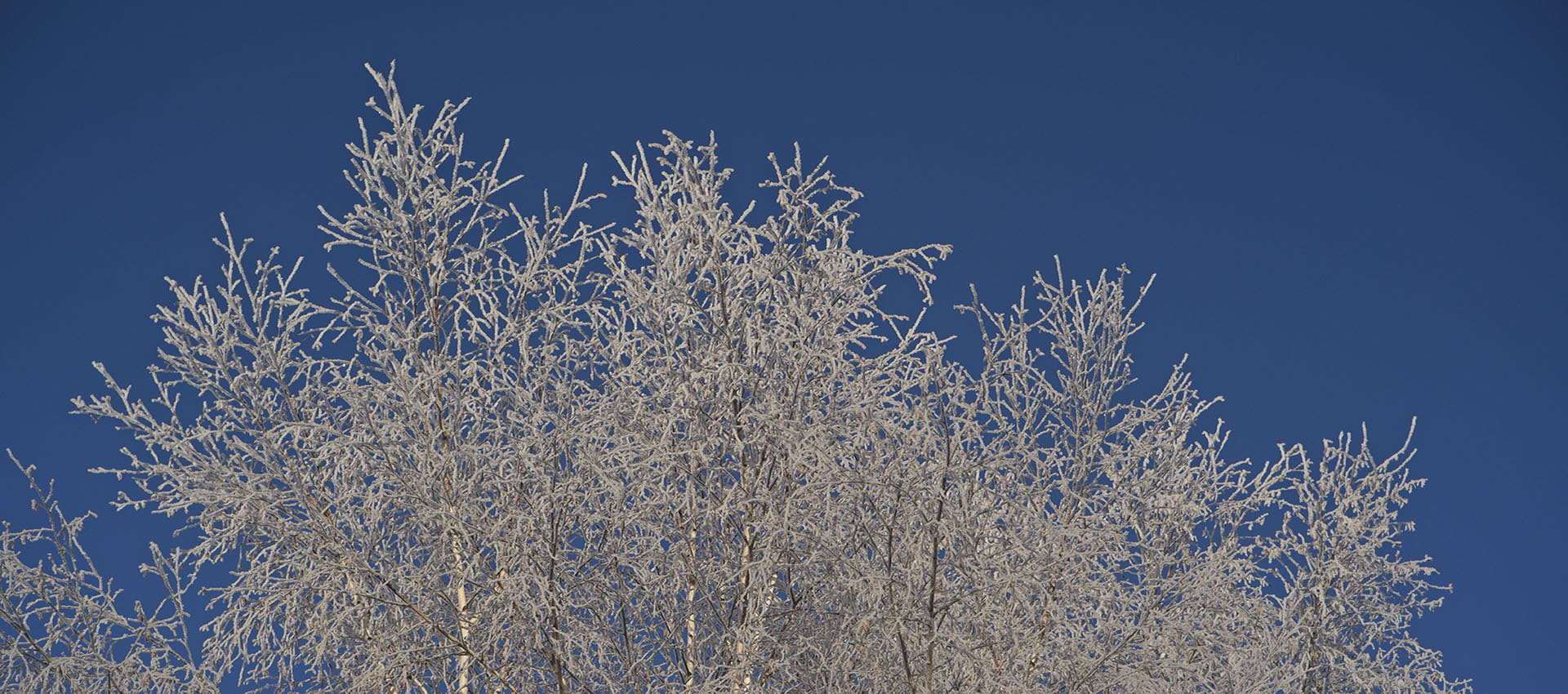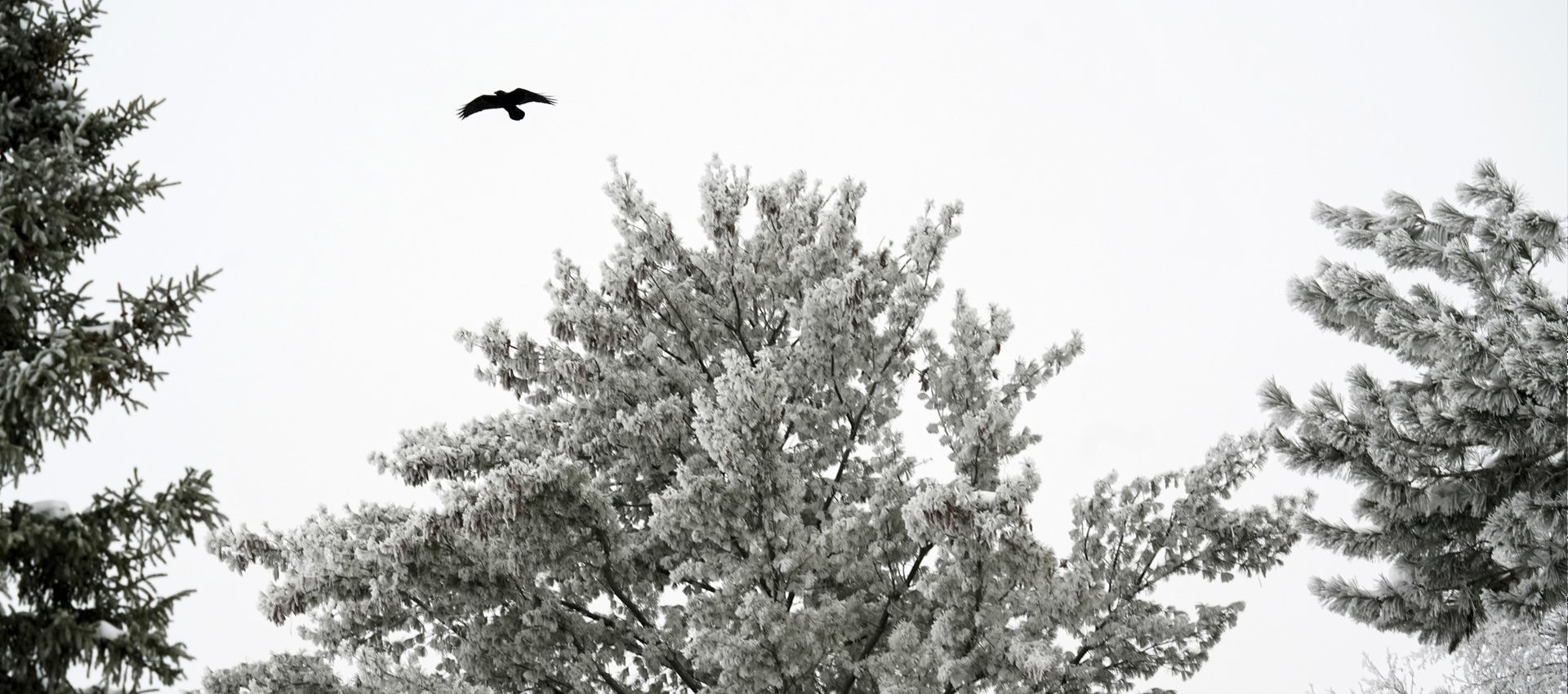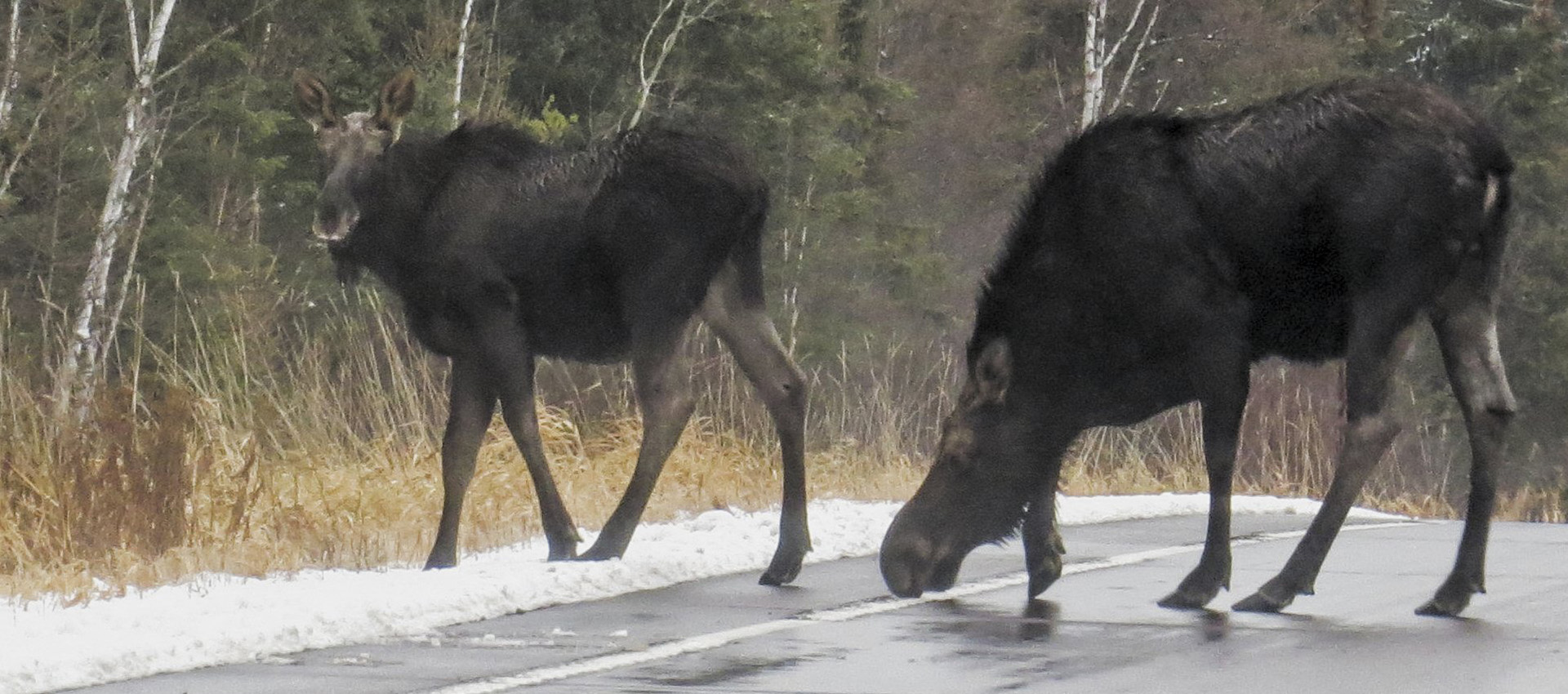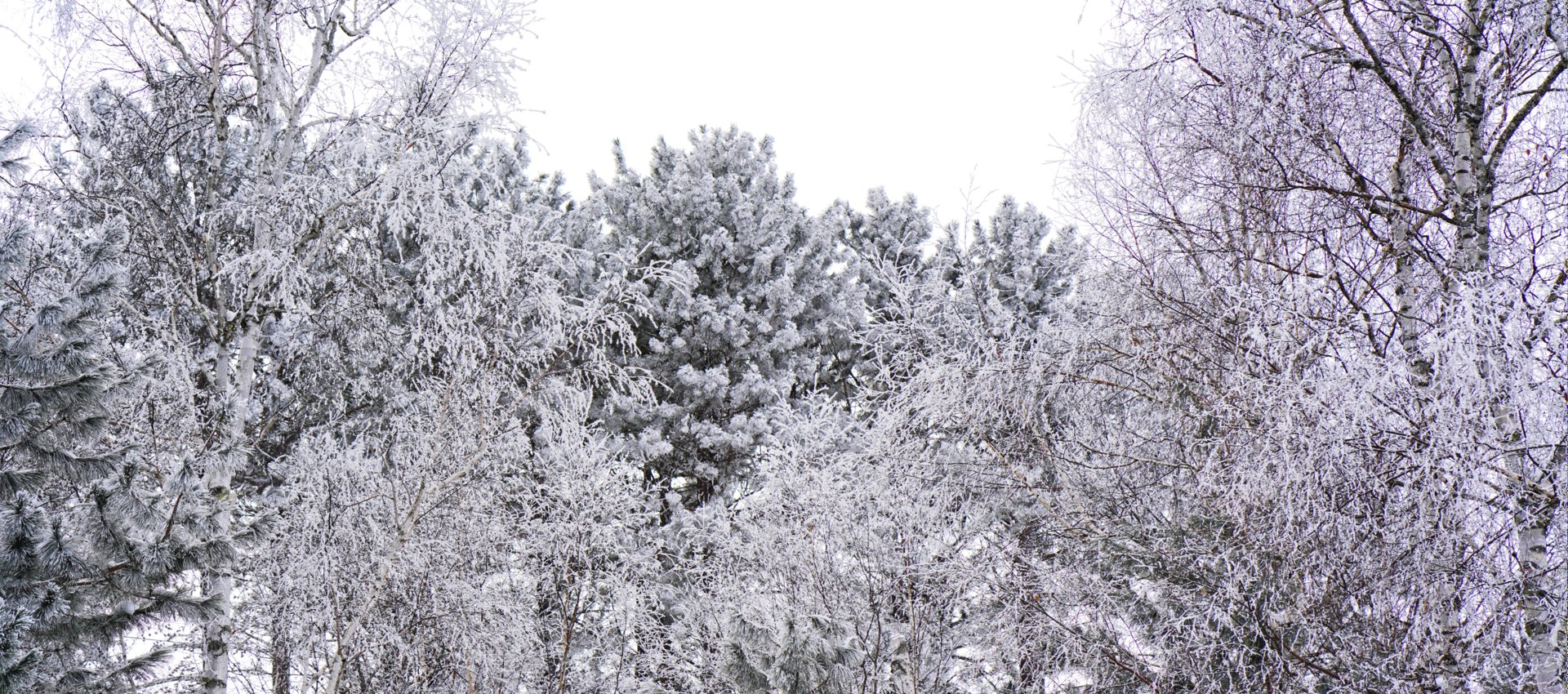Using scientists’ tools to study their schoolyard, young students discover opportunities for taking action to protect and improve wildlife habitat.
by Kathleen Weflen
Before anyone arrives at Afton-Lakeland Elementary School in the morning, foxes, opossums, raccoons, deer, songbirds, and other critters have been strolling, prowling, sniffing, munching, and twittering around the schoolyard. The principal, the secretaries, the janitors, the cooks, the teachers, and the students and their parents all know about this. They know because trail cameras on campus have been capturing animal images night and day.
In spring 2008 and fall 2009, teachers Sharon Lovell and Jan Erickson and their 5th grade classes set up and monitored camera traps as part of an ambitious new curriculum called Taking Action Opportunities, or TAO. Created by conservation biology doctoral candidate Dawn Tanner and developed with University of Minnesota, Cedar Creek Ecosystem Science Reserve, and Department of Natural Resources partners, TAO is now available to Minnesota teachers through DNR Project WILD.
Wildlife Focus.
With Tanner as their guide, the Afton teachers and students tried out the 12-week course. Using images downloaded from two trail cameras, they studied wildlife that showed up in their schoolyard. Tanner showed a selection of images on an LCD display as part of each weekly one-hour lesson. Stamped with date, time, and temperature, the shots revealed a nighttime parade of animals. The camera captured two deer, for instance, at 7 p.m. as they nibbled apples left by students in a thicket near the soccer field.
Field Journal.
Each student received a notebook to record observations. “The journaling is the hook,” said Jan Welsh, Project WILD coordinator. “You give them a little journal like this, and they see themselves as scientists.”
One student’s journal reported: “Eastern cottontail. Sylvilagus floridanus. It normally came around at night (about 2:00 in the morning). 2,250 pictures+18! The rabbits have been very active around the camera. 2,268 total.”
Field Work.
Each week, before or after class, a group of students went outside with Tanner to observe birds and record their findings. They also refreshed birdseed and bait to attract mammals. Initially put off by the smell of crawfish oil, some students later sought the chance to douse the concoction on lamb’s wool and place it strategically near the camera. Sometimes, the group decided to move the cameras, from a grove of cedar trees to a brush pile, for example, to see who might turn up in a new location.
To further investigate the merits of various habitats, the students compared their camera captures with those of cameras set up down the road at Afton State Park, some 50 miles away at Cedar Creek Ecosystem Science Reserve, and far north at Bear Head Lake State Park near Ely.
TAO.
Like homework, the take action opportunity came after the lesson, often outside of class. For instance, after the students traced rare cat habitat with Google Earth (lesson 2), they explored their own backyards for animal signs, such as fur, feathers, bones, scat, tracks, trails, nests, and burrows. They took photos or collected specimens (not from migratory birds) in Ziploc bags and brought them to school.
Google Earth (lessons 3 and 5).
Students studied the land cover of their school campus. Accessing Google Earth on classroom computers, they also examined satellite images of Afton State Park. They compared the two landscapes. Using scale bars to be sure they were comparing the same thing, they calculated that buildings and pavement covered 3 percent of parkland and 29 percent of land at school. They found the park had 82 percent of its acreage in trees and shrubs, while the school had 29 percent. With graphs and pie charts, they represented these differences in land classification.
Reflections.
At the end of each lesson, Tanner asked the students to reflect on what they’d learned: “Do you think the state park or the schoolyard would be more like your neighborhood? Write two similarities and two differences in your field journal.” Then they took action by bringing their field journals home to report and discuss the lesson with their families.
Skull Cave (lesson 9).
“How do animals’ skulls help us understand how animals use their habitat?” Tanner asked the young researchers. They reviewed the utility of canine teeth (stab, hold), incisors (nipping bites), and molars (crush, grind). They discussed the skull’s sagittal crest, a ridge of bone attached to jaw muscles for biting down and gripping prey. They considered the side positioning of herbivore eyes compared with frontal eyes of carnivores.
Then the researchers settled down on the floor to investigate their section of a new make-believe cave—a tape-marked grid—with a ruler, a hand lens, and an unidentified skull. The challenge: Describe the mammal by answering questions, counting teeth, measuring, and sketching the skull in your field journal. Tanner served as site supervisor, confirming the animal’s identity.
Big TAO (lesson 12).
Ultimately, TAO lessons led to action to improve land for wildlife. Parents’ donations funded a bus trip to Afton State Park, where students planted 2,000 acorns to help restore oak savanna. For their schoolyard habitat, students wrote a proposal to the parent-teacher association to plant native fruit trees and shrubs, including Juneberry, chokecherry, and gooseberry. Principal Tom Hobert approved their plan, the PTA donated money to purchase seedlings, and everyone pitched in to plant. TAO works by “connecting kids to the environment,” Hobert said, “collecting data, checking cameras, learning scientific names—all for a real purpose.”
Tools.
Project WILD offers teachers three tool kits. The classroom set-up kit contains field guides, a birdfeeder, and the Habitat Fragmentation Board Game. The camera kit includes two trail cameras, as well as locks and camouflage duct tape for mounting them. The skull kit has hand lenses and a collection of Minnesota mammal skulls, teeth, and jawbones.
Take Action.
Find out more about schoolyard habitat improvement. To donate funds or material such as animal skulls to TAO, send e-mail to jan.welsh@state.mn.us. Check out teaching kits and learn more about TAO.










